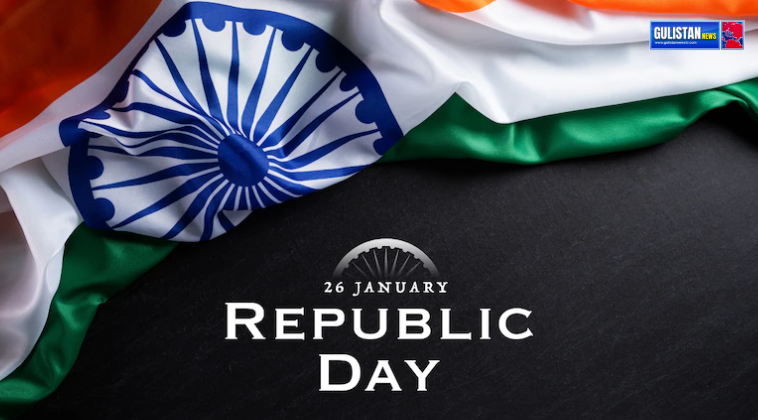Healthcare professionals and policymakers in Kashmir are alarmed over the shift from heroin to tapentadol as a drug of choice among drug abusers.
Experts said that Tapentadol, a prescription opioid pain reliever, has gained popularity due to its accessibility and lower cost compared to heroin.
However, this newfound appeal has led to a surge in addiction cases, exacerbating mental health issues and straining already burdened healthcare systems.
Of these, 97 were males and three were females, with even two cases resorting to intravenous use of Tapentadol.
Besides, these cases were reported from all districts in Kashmir.
Majority of the cases were from Srinagar and Anantnag.
A new study conducted at the Institute of Mental Health and Neurosciences sheds light on the perceptions of these young users with 69 percent feeling that the psychoactive effects of Tapentadol are inferior to heroin, 29 percent finding them comparable, and 2 percent believing them to be better.
The study also delves into the sources of Tapentadol procurement, revealing that 37 percent obtain the drug from friends, 24 percent from peddlers, 35 percent from chemists, and 4 percent from other sources.
The doctors pressed for urgent measures to address this growing issue and prevent further escalation of substance abuse problems in the region.
A professor at IMHANS, Dr Yasir Hassan, under whose guidance the study was conducted told that the doctors were witnessing a shift from heroin to Tapentadol as a drug of abuse in patients seeking treatment, and it was a concerning trend.
He said that Tapentadol’s availability and lower cost compared to heroin make it appealing to users, exacerbating addiction and associated mental health issues.
“Tackling this new trend requires comprehensive strategies. In addition to stricter regulations on pharmaceutical distribution, there is a need for awareness education on the dangers of opioid misuse and efforts to address underlying socio-economic factors driving substance abuse,” Dr Hassan said.
“This trend shows that it is not only a supply reduction approach like what we have seen in the recent past, where the availability of heroin is limited due to strong actions taken by law enforcement agencies. We need to have comprehensive measures like focusing on drug demand reduction measures that will reduce the demand for all illicit drugs and any other drugs of abuse,” he added.









